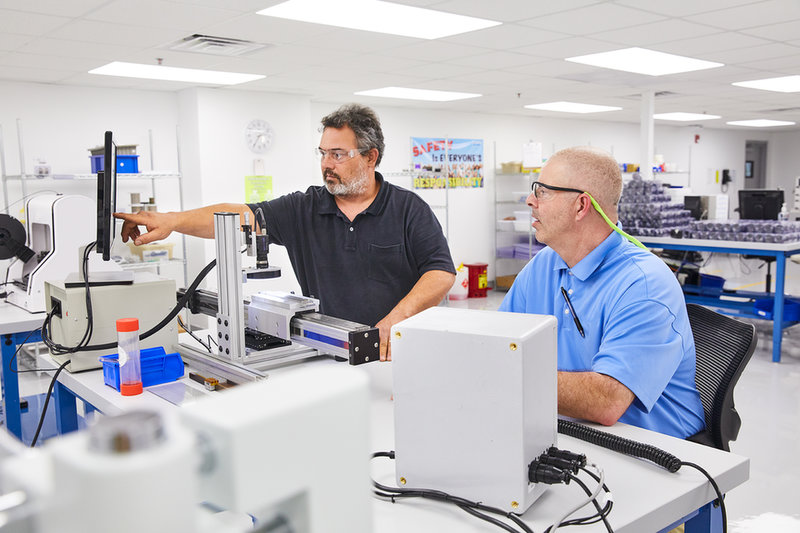COMPANY
INSIGHT
Streamlining medical device development to get your product to market fast
In such a competitive environment, it is important for medical device OEMs to get their products to market fast. Not only do they want to beat out the competition, more importantly they want to get these devices into surgeon’s hands so that those that need them can benefit.
In such a competitive environment, it is important for medical device OEMs to get their products to market fast. Not only do they want to beat out the competition, more importantly they want to get these devices into surgeon’s hands so that those that need them can benefit.
Sandvik’s Exera brand produces essential medical wire components for these medical devices. The company’s experience and one-stop-shop approach to development ensures quality, but how does Sandvik streamline development to get products to market as soon as possible?
For Sandvik, the key to streamlined development lies in the early stages. Optimised communication between teams, small scale prototyping and leveraging experience speeds up the development process and minimises waste.
Developing partnerships with customers has been at the core of Sandvik’s company ethos since its founding. By aligning their team with that of the customer, effective communication optimises the development process.

Gary Davies has a daily dialogue with the team to create effective communication to optimize the development process.
“Every situation is a little bit different with each device manufacturer,” Gary Davies, manager at Sandvik Materials Technology’s business unit for medical wire manufacturing, explains. “However in almost all cases, we tried to take a similar approach where the initial dialogue with the design engineers involves a detailed discussion about what the product is going to be used for and what the requirements are in terms of strength and electrical properties etc.
“That’s a critical part of the development process because we’re able to ask a lot of questions about the application. Not everything comes through on the initial drawing or print, so brainstorming early on is essential. In some ways, you might think it’s adding an extra step, but this way we get a better understanding of what is required.”
Tim Tacionis, lead process engineer at Sandvik, adds: “Having an open discussion with the customer early on about the request is always the most important stage. Historically, we have had requests that came through that were not reflective of what the customer really wanted, and by then they’ve already wasted three or four weeks before the engineering team or somebody else got on the phone with the customer and had a dialogue with them and you finally understand what they needed.”

Our process engineers at Sandvik, Tim Tacionis and Corey Latham, often set up small scale prototyping to speed up the development process. Putting their great minds together have resulted in many automated processes found nowhere else in the world.
While many component manufacturers will assess the need from an initial drawing or print from a customer and make a large sample based on the perceived requirements, Sandvik first makes a prototype for customers to test.
“One way we help speed up the process relative to other suppliers is that we’re willing to make these very small custom prototype batches for customers so that they can truly tease out all the issues that they may have with the design,” explains Davies. “This is a very iterative process where we make a prototype and they test it out. They can then provide some feedback and this may happen two or three times until we’ve settled on the most effective design.”
According to Tacionis: “Sometimes the customer doesn’t know exactly what they need, and if they request a large sample of a product that’s not useful to them, it could be a waste of time, effort and money. Small scale prototyping means that they can find a suitable product having only used two or three prototypes to get there.”
Here, Sandvik can leverage its experience to provide customers with suggestions and not need to start over again during the prototype stages. In many cases, this may involve offering solutions that the customer was not aware of.
Once an agreement is made about what the product needs in terms of physical dimensions, chemical properties and other configurations, Sandvik takes the customer through the full qualification and validation process that’s required by the regulatory bodies.
From initial design and prototyping to refining and validating the final product, Sandvik works to ensure that development is optimised to get medical devices to market fast.
